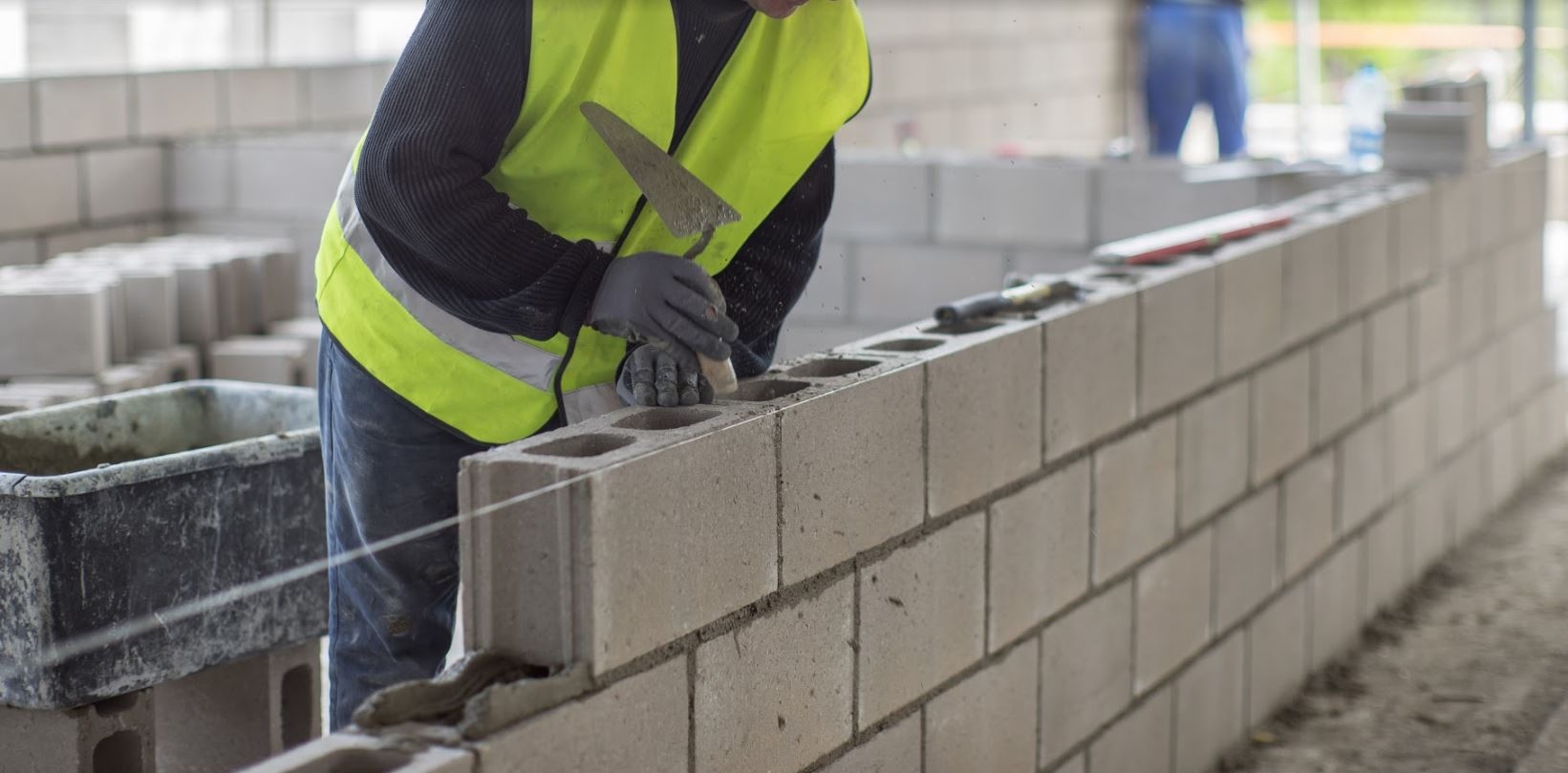Introduction
Durability is extremely important in the building industry. A building's lifetime impacts both its aesthetic and structural soundness, as well as its economic value. This is where masonry concrete services come in, ensuring that constructions withstand the test of time. But how do they do this? Let's take a look at the procedures and processes used by masonry concrete services to ensure structural longevity.
Understanding Masonry Concrete
What is Masonry Concrete?
Masonry concrete is a construction material made up of cement, aggregates (such as sand, gravel, or crushed stone), and water. It is often used to build walls, floors, foundations, and other structural parts. Masonry concrete's versatility and strength make it a popular choice for a variety of construction tasks.
Types of Masonry Concrete
There are several types of masonry concrete, each suited for different applications:
- Standard Concrete: Used in general construction.
- Reinforced Concrete: Contains steel reinforcements for added strength.
- Lightweight Concrete: Made with lighter aggregates for reduced weight.
- High-Performance Concrete: Designed for extreme conditions and high durability.
The Science Behind Concrete Durability
Factors Affecting Durability
Several factors influence concrete's durability, including:
- Mix Design: The correct proportions of cement, water, and aggregates.
- Curing Process: Proper curing processes for increased strength.
- Environmental Exposure: Weather, chemical, and wear resistance.
Importance of Mix Design
A properly prepared concrete mix offers maximum strength and longevity. The mix must be properly calibrated to attain the desired qualities while taking into account the project's individual requirements.
Material Selection
Choosing Quality Materials
The quality of materials used in concrete is critical to its endurance. High-quality cement, clean and well-graded aggregates, and clear water all contribute to the overall strength and durability of the concrete.
Role of Aggregates, Cement, and Water
Aggregates add weight and strength to the concrete, cement functions as a binder, and water aids in the chemical reaction required for hardening. To achieve the optimum results, each component must adhere to particular requirements.
Proper Mixing Techniques
Importance of Accurate Proportions
Accurate proportions in the mix are required to achieve the specified concrete characteristics. Incorrect proportions might result in weak or brittle concrete.
Mixing Methods and Equipment
Using the proper mixing methods and equipment results in a homogeneous and consistent mixture. Whether combined by hand or with a mixer, the process must be thorough to prevent weak places in the concrete.
Reinforcement Strategies
Use of Steel Reinforcements
Steel reinforcements, such as rebar, contribute strength and stability to concrete buildings. They help to resist tensile pressures that concrete alone cannot bear.
Role of Fiber Reinforcements
Fiber reinforcements, such as synthetic or glass fibers, improve the durability of concrete by minimizing cracking and increasing impact resistance.
Curing Process
What is Curing?
Curing is the process of ensuring that concrete has appropriate moisture, temperature, and time to obtain its intended qualities. Proper curing is critical for strength and longevity.
Methods of Curing for Maximum Strength
Various curing procedures, such as water curing, membrane curing, and steam curing, are used to ensure that concrete reaches its optimum strength.
Protection Against Environmental Factors
Weatherproofing Techniques
Concrete structures are protected against weather deterioration using procedures such as sealants, coatings, and protective membranes. These solutions prevent water intrusion and minimize freeze-thaw damage.
Protection Against Chemical Exposure
Concrete buildings subjected to severe chemicals require further protection. Coatings and treatments can help to avoid chemical degradation and extend the life of the structure.
Regular Maintenance and Inspections
Importance of Routine Checks
Regular inspections and maintenance are critical for recognizing and resolving possible concerns before they become problematic. Routine inspections serve to maintain the structural integrity and appearance of concrete structures.
Common Maintenance Practices
Cleaning, sealing, fixing cracks, and applying protective coatings are common maintenance methods. These measures help to extend the life of concrete constructions.
Innovative Technologies in Masonry Concrete
Use of Advanced Materials
Advanced materials, such as high-performance concrete and self-healing concrete, are being developed to improve durability and save maintenance costs.
Technological Advancements in Construction
Technological developments like 3D printing and smart sensors are transforming the building business. These technologies increase the efficiency and quality of masonry concrete services.
Examples of Long-Lasting Masonry Concrete Structures
- Pantheon, Rome: Standing for nearly 2000 years, the Pantheon is a testament to the durability of concrete.
- Hoover Dam, USA: Built in the 1930s, the Hoover Dam continues to function effectively, showcasing the longevity of reinforced concrete.
Lessons Learned from Successful Projects
These examples demonstrate the need to use high-quality materials, suitable processes, and regular maintenance to ensure the long-term longevity of concrete structures.
Common Issues and How to Avoid Them
Identifying Potential Problems Early
Early detection of problems, like as cracks or water intrusion, can help to avoid more serious concerns in the future. Regular inspections and monitoring are critical.
Solutions to Common Durability Issues
Common remedies include proper mix design, adequate curing time, and the use of protective coatings. These techniques help to reduce the impacts of environmental exposure and wear.
Sustainability and Environmental Impact
Eco-Friendly Concrete Practices
Environmentally responsible measures, such as using recycled materials and avoiding waste, help to ensure the long-term viability of concrete buildings.
Reducing Carbon Footprint in Construction
Innovative approaches, such as carbon capture and the use of alternative binders, help to lower the carbon footprint of concrete production.
The Future of Masonry Concrete Services
Emerging Trends
Nanotechnology, green concrete, and smart construction processes are some of the emerging trends in masonry concrete services.
Predictions for the Industry
The sector is likely to continue to evolve, with an emphasis on sustainability, durability, and innovative construction techniques.
Conclusion
Concrete structure longevity is achieved by a complicated process that includes careful material selection, proper mixing processes, reinforcement tactics, and continuing maintenance. By following these guidelines, masonry concrete services may build structures that will withstand the test of time.



